How can I reduce the amount of NEW books I buy or pass on my old ones?
We’re having a book themed week here on Recycle This – and on my simple living site, The Really Good Life too. Read about how to reuse, recycle or upcycle old books, damaged books and notebooks/jotters – and see inspiring how-tos & ready-to-buy items using books. Or on TRGL, read about my favourite simple living/growing/making/cooking books – and give me your suggestions for simple living/growing/making fiction (please!)
 As good greenies, we all know that it’s better to REDUCE in the first place before having to think about reusing or recycling so I thought I’d ask a quick “reduce” question — how do you reduce the amount of new (as in brand new, just printed) books you buy? Any tricks to avoid the temptation or favourite ways to buy them second(third/fourth)-hand?
As good greenies, we all know that it’s better to REDUCE in the first place before having to think about reusing or recycling so I thought I’d ask a quick “reduce” question — how do you reduce the amount of new (as in brand new, just printed) books you buy? Any tricks to avoid the temptation or favourite ways to buy them second(third/fourth)-hand?
If you don’t buy books in general, but still read regularly, how do you do that?
And if you do buy books, how do you pass on your old ones so that others can enjoy them too?
I suspect some of these answers are obvious – for example, I use our local library regularly and also browse the shelves in charity shops* – but I wondered if anyone had any less common ideas that might be new to other people. I only recently discovered Abebooks – I wonder if there are any other gems I’m missing out upon!
Let us know your book-buying/acquiring secrets in the comments below!
* in that order: if I go to the library before any shopping expeditions, the “I need new input” urge has already worn off a bit and my bag is generally pretty full/heavy so I want to browse and definitely buy less stuff. Libraries are fab!



 I’m both a scribbler – both writing & drawings – and a hoarder, which means I have a whole lot of old notebooks, exercise books and jotter containing school/college or work notes, half finished stories and really bad little sketches. I do like flicking through them, remembering different projects & times of my life, but at the same time, I realise that they’re mostly just clutter.
I’m both a scribbler – both writing & drawings – and a hoarder, which means I have a whole lot of old notebooks, exercise books and jotter containing school/college or work notes, half finished stories and really bad little sketches. I do like flicking through them, remembering different projects & times of my life, but at the same time, I realise that they’re mostly just clutter.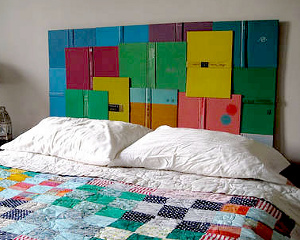

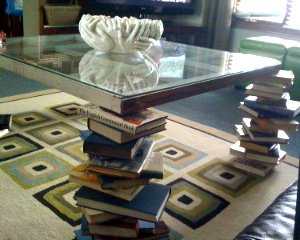
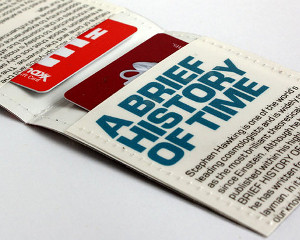
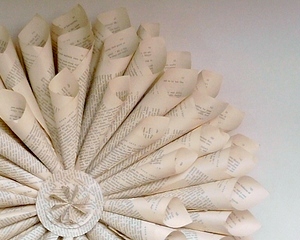
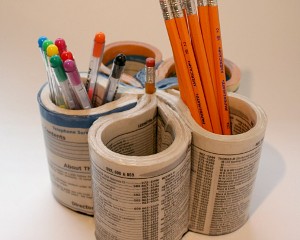
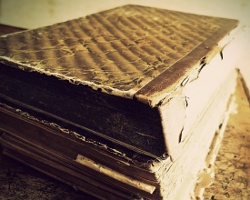 As I mentioned on
As I mentioned on 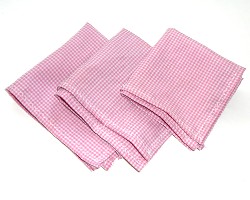 Handkerchiefs are
Handkerchiefs are 














